HDPE PN10 pipes are widely used in municipal water supply, irrigation, and industrial fluid transport due to their excellent pressure resistance, corrosion resistance, and durability. When installing these pipelines, choosing the right jointing method is critical for long-term performance and system integrity. In this article, we compare two common HDPE pipe connection methods—electrofusion coupling and flange connections—focusing on their applications, advantages, and key differences to help you make the right decision.
What is HDPE PN10 Pipe?
HDPE (High-Density Polyethylene) PN10 pipes are rated to handle a working pressure of 10 bar (approximately 145 psi). They are commonly used for:
Drinking water systems
Agricultural irrigation
Industrial fluid transfer
Geothermal piping and mining
PN10 pipes offer a balance between strength and flexibility, making them a preferred choice for medium-pressure applications.
HDPE Electrofusion Jointing: A Seamless Solution
Electrofusion jointing involves using specialized fittings—such as HDPE electrofusion couplings—with built-in resistive wires. When connected to an electrofusion welding machine, the wires heat up, melting the inner surface of the fitting and the outer wall of the pipe. This creates a strong, permanent bond after cooling.
Advantages:
Leak-free, homogenous joint
Ideal for buried pipelines
No need for external clamps or bolts
Long service life with minimal maintenance
Limitations:
Requires electrofusion welding equipment and trained personnel
Not reusable; once fused, the fitting cannot be disassembled
Slower installation compared to mechanical joints
HDPE Pipe Flanges: Detachable and Practical
HDPE pipe flanges are used to connect HDPE pipes to valves, pumps, or metal fittings. A typical flange joint includes:
Stub end (HDPE component)
Backing ring (metal)
Gasket and bolts
Flanged connections are mechanical and detachable, allowing for easier maintenance and system modifications.
Advantages:
Reusable and easy to disassemble
Suitable for above-ground and exposed pipe systems
Ideal when connecting HDPE to metal components
Limitations:
Requires space and access for bolt tightening
Bulkier than electrofusion joints
Potential for leaks if not properly tightened
Electrofusion vs Flange Connection: How to Choose?
General Recommendations:
Choose electrofusion jointing for permanent underground installations where leak-proof performance is critical.
Opt for flanged joints in pump stations, valve areas, or connections to metal equipment that may require future disassembly.
| Feature | Electrofusion Coupling | HDPE Pipe Flange |
| Seal Quality | Seamless, leak-proof | Depends on gasket and bolt tension |
| Installation Time | Slower, needs equipment | Faster, mechanical |
| Reusability | Non-reusable | Reusable |
| Maintenance Access | Not suitable | Easy disassembly |
| Best For | Underground pipelines | Valves, above-ground setups |
Practical Advice for Project Planners
The choice between electrofusion couplings and flange joints depends on your project's location, operational needs, and maintenance strategy. If you’re working on a buried water supply line with long-term sealing in mind, HDPE electrofusion coupling is your best bet. For surface-level or mechanical equipment connections, HDPE pipe flanges provide flexibility and ease of service.
Always work with certified fittings and reliable suppliers to ensure joint performance meets both technical and regulatory standards.
Need help sourcing HDPE fittings?
Our team provides a full range of HDPE PN10 pipes, electrofusion couplings, flanged adapters, and more. Contact us today to get a quote or technical support.
FAQ
Q1: What does PN10 mean in HDPE pipes?
A: PN10 indicates that the HDPE pipe is rated for a nominal working pressure of 10 bar (approximately 145 psi). It is commonly used in medium-pressure water systems and infrastructure.
Q2: What is an HDPE electrofusion coupling used for?
A: HDPE electrofusion couplings are used to connect two HDPE pipes using an electrical heating process that melts and fuses the pipe and fitting together. This method creates a strong, leak-proof joint ideal for underground or concealed installations.
Q3: Are HDPE flange connections reliable?
A: Yes, HDPE pipe flanges are reliable for above-ground applications or where detachable joints are needed. When properly installed with gaskets and bolts, they provide a secure and reusable connection to valves, pumps, or metal pipes.
Q4: Which jointing method is better: electrofusion or flange?
A: It depends on your project needs. Use electrofusion for permanent, leak-proof, underground pipelines. Choose flange connections when flexibility and disassembly are required, such as at pump stations or equipment interfaces.
Q5: Can HDPE electrofusion joints be reused?
A: No, once fused, HDPE electrofusion joints become a permanent bond and cannot be reused. For removable joints, flange connections are the recommended choice.
Q6: What equipment is needed for electrofusion jointing?
A: Electrofusion requires a specialized electrofusion welding machine, barcode scanner (optional), pipe preparation tools (scrapers), alignment clamps, and certified electrofusion fittings.
Q7: Do I need special training to install HDPE electrofusion joints?
A: Yes. Proper training and certification are recommended to ensure the joints are installed correctly and meet industry standards. Incorrect operation may lead to weak joints or leaks.
Q8: What is the maximum temperature HDPE PN10 pipes can handle?
A: HDPE pipes typically operate within a temperature range of -40°C to +60°C. However, pressure ratings like PN10 may decrease at higher temperatures, so always consult technical data sheets.
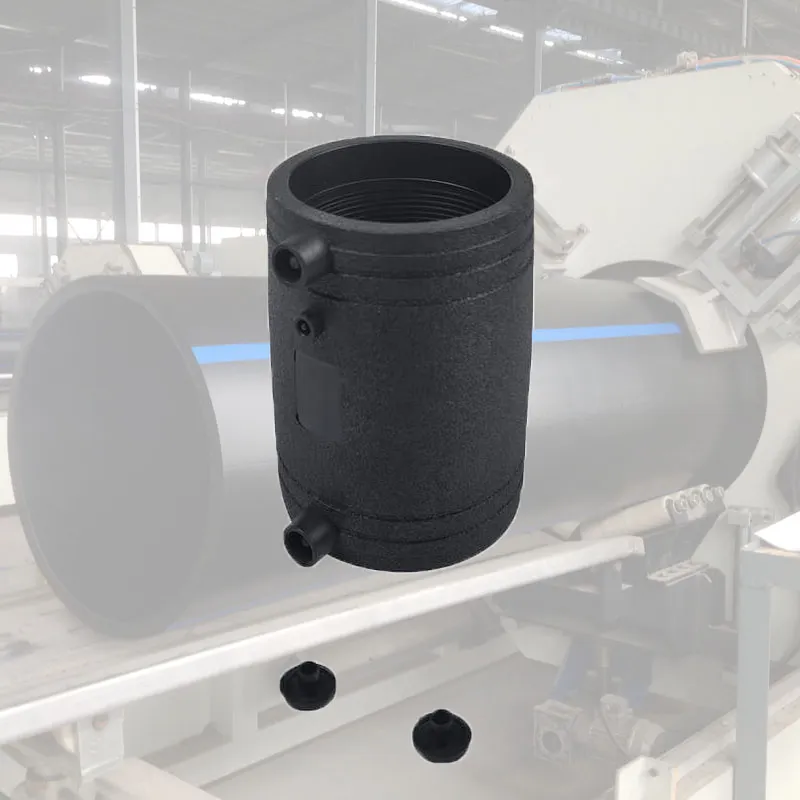
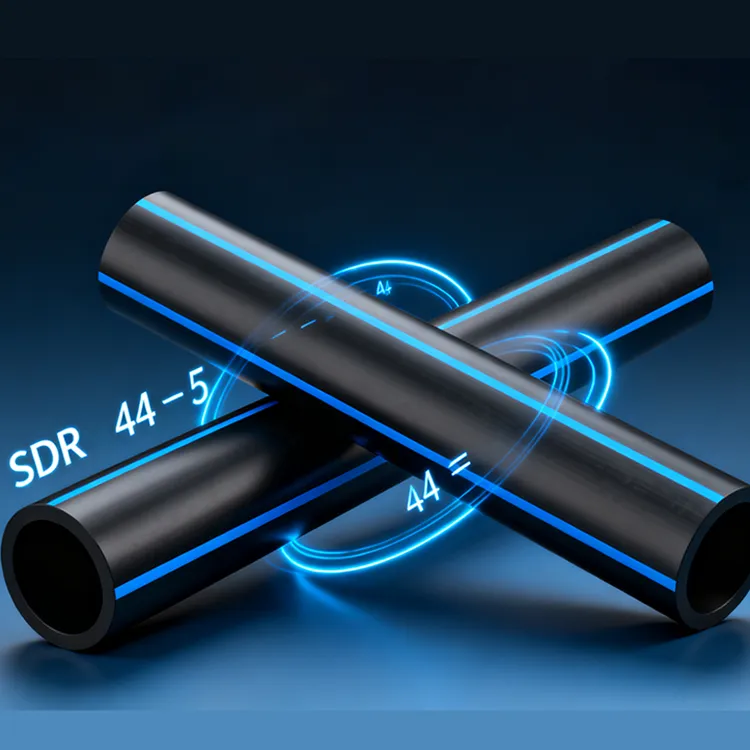
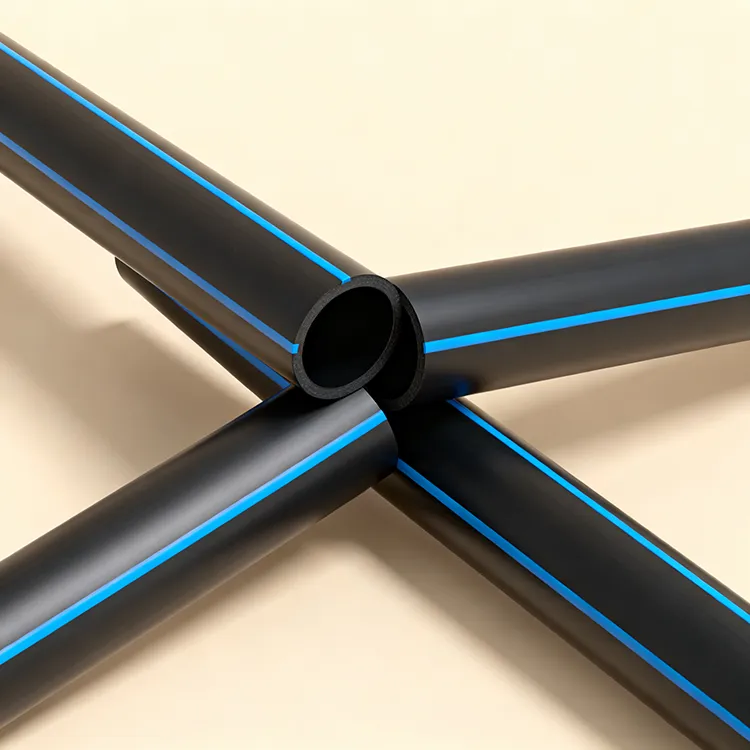
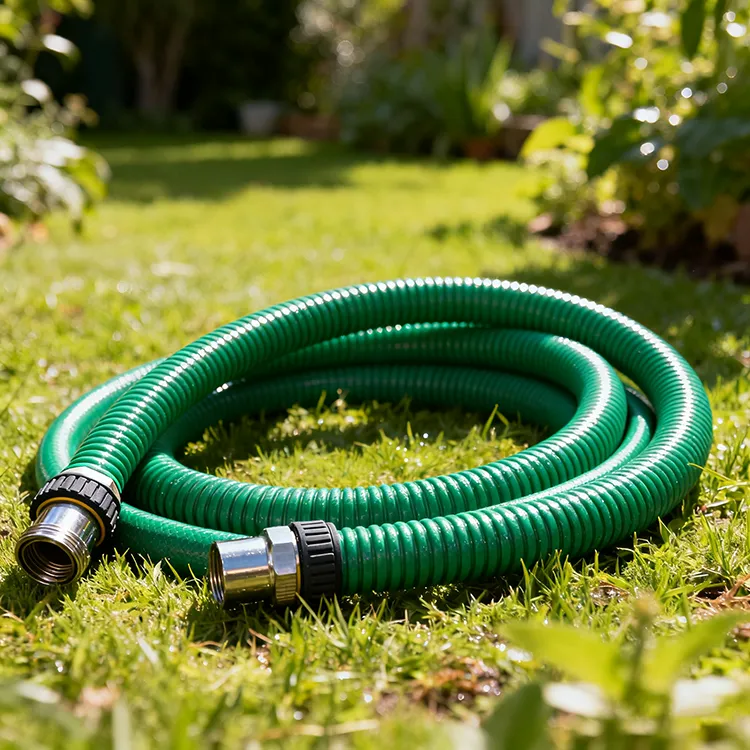
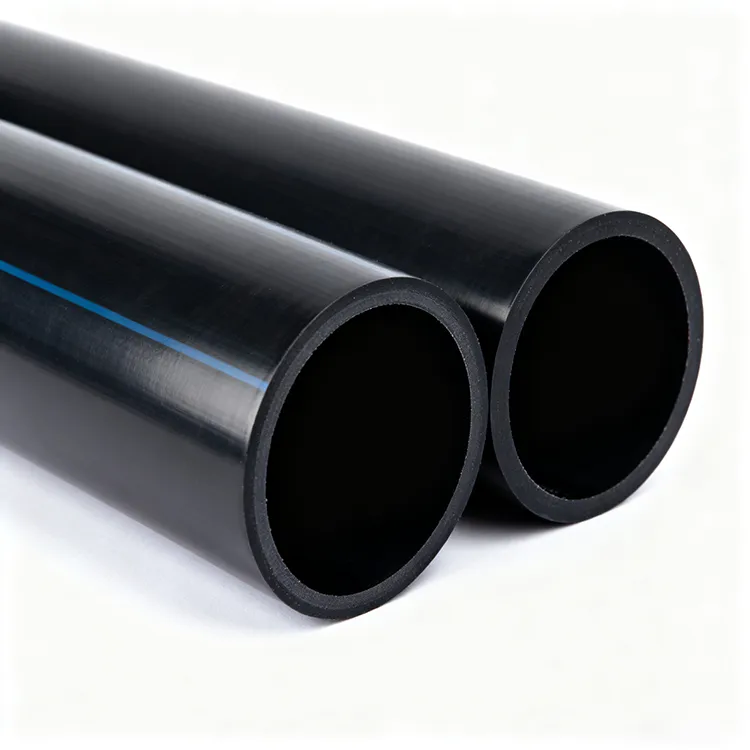
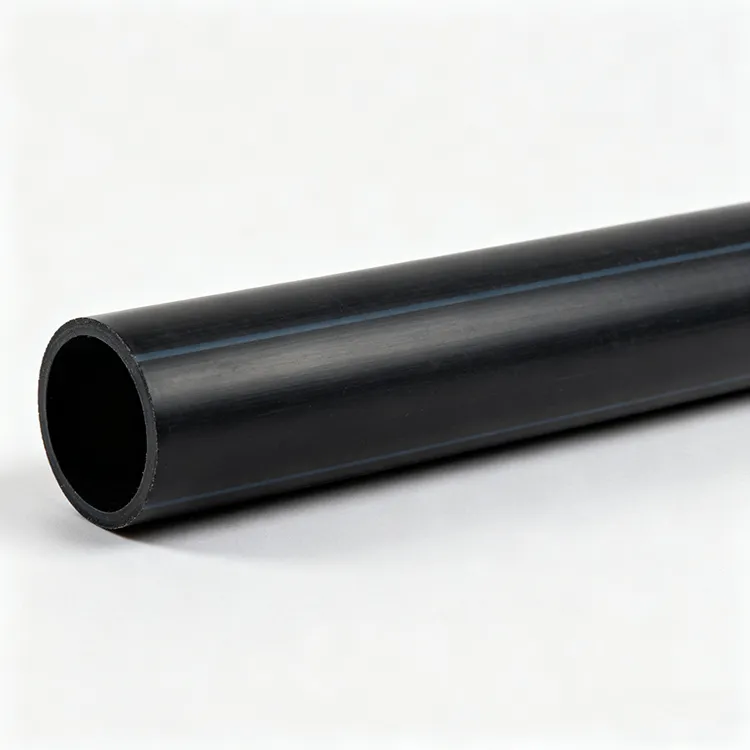
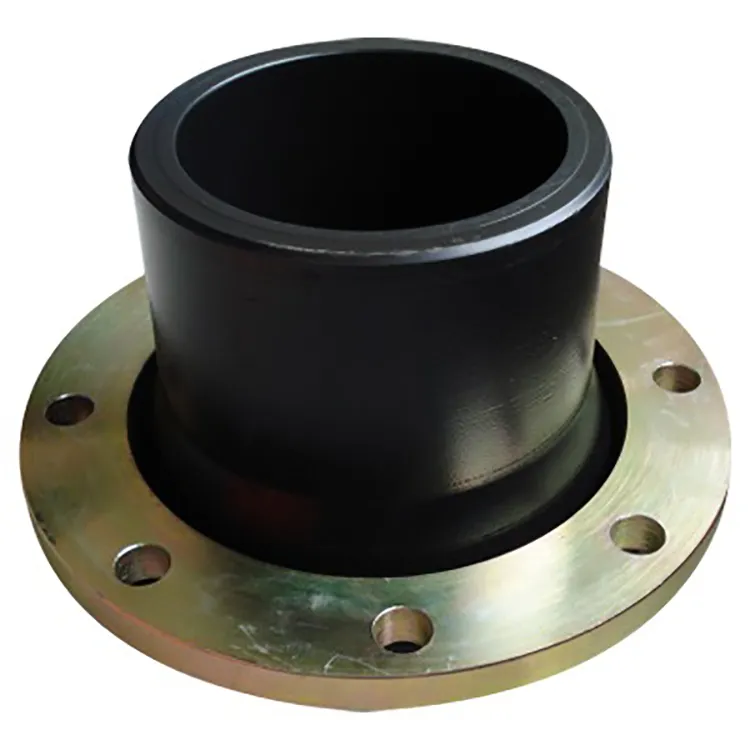
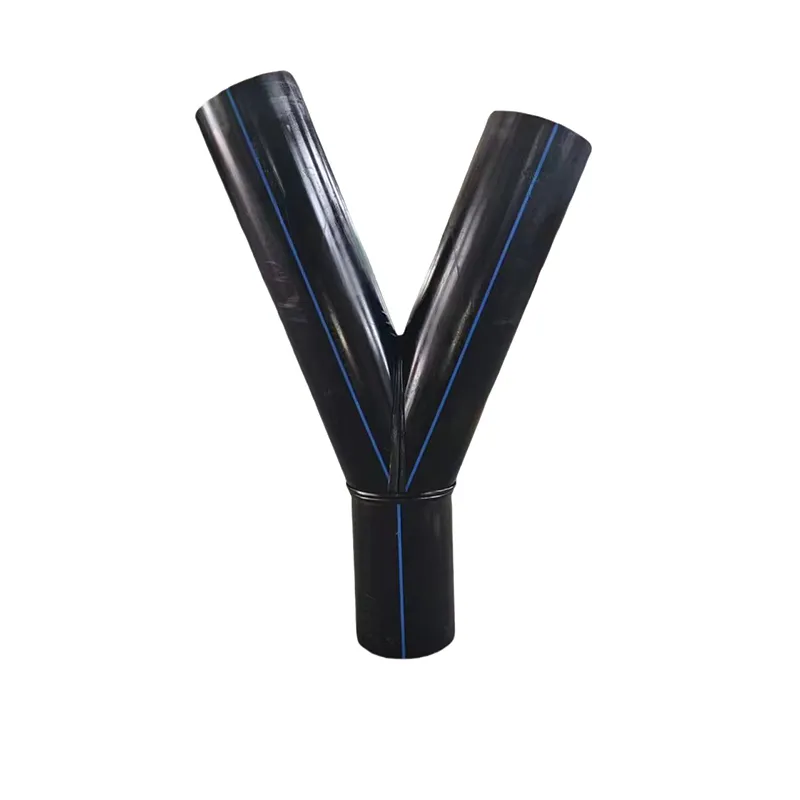
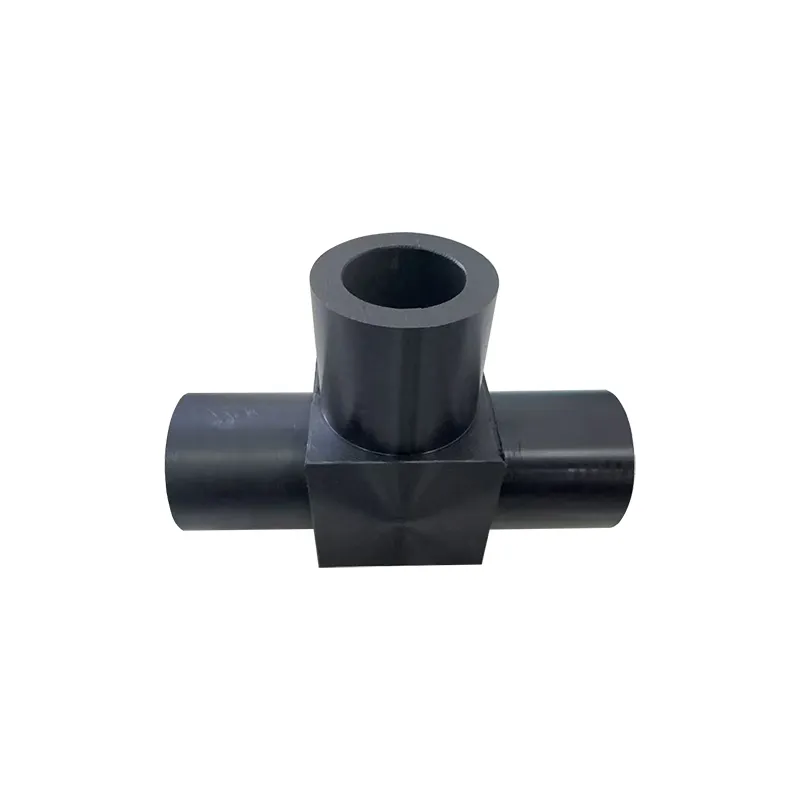
659.webp)
210.webp)
328.webp)
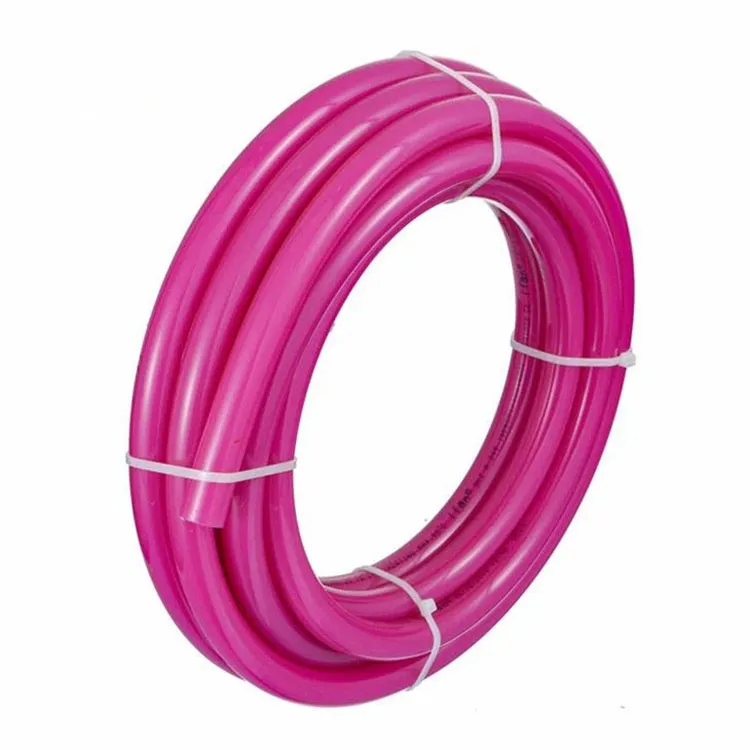
294.webp)
476.webp)


